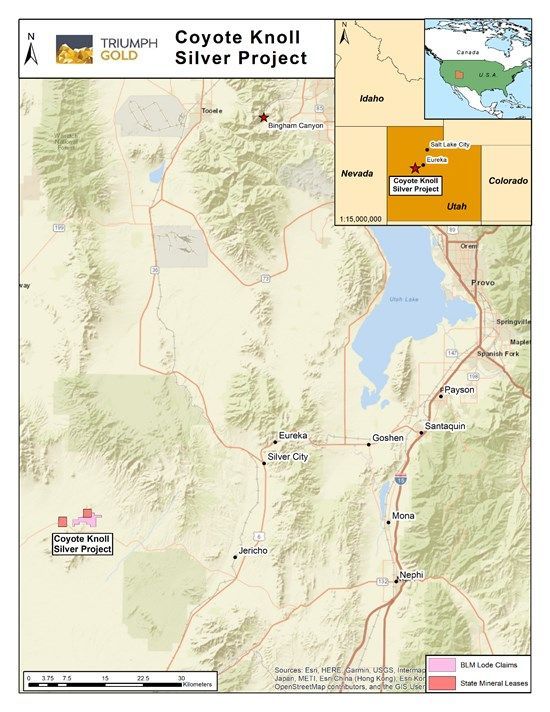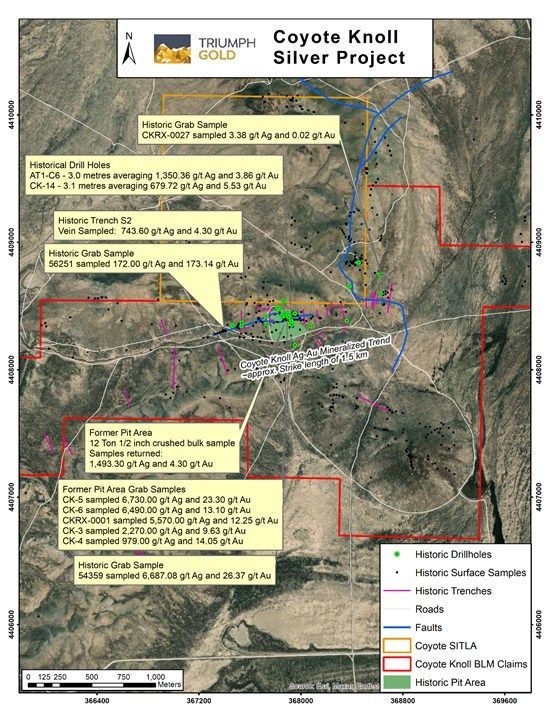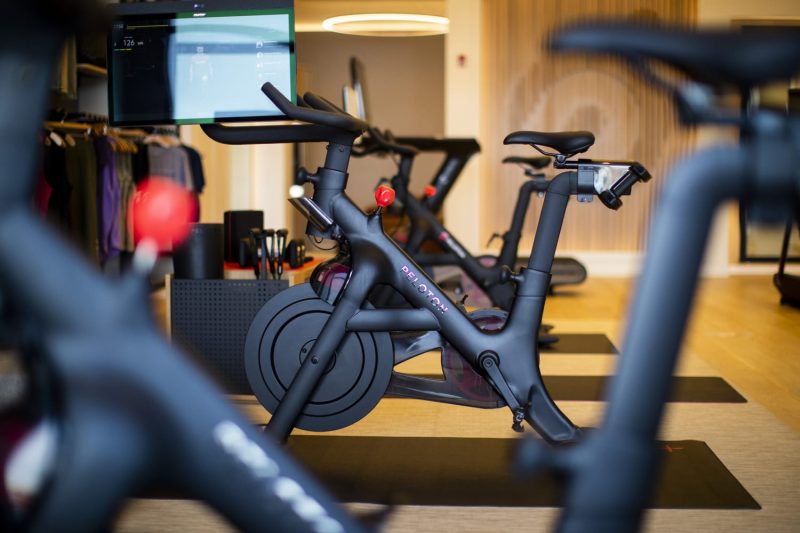
Erin Patterson, the woman accused of murdering three guests with a meal laced with death cap mushrooms, told her trial on Wednesday she may have inadvertently added foraged mushrooms to the lunch because her duxelles tasted “a little bland.”
On the third day of evidence on Wednesday, Patterson was taken through the events of July, 2023, when she’s accused of deliberately adding lethal death cap mushrooms to a Beef Wellington meal she cooked for four guests, including her parents-in-law, at her house in the small Australian town of Leongatha in rural Victoria.
Patterson has denied three counts of murder over the death of her in-laws, Don Patterson and Gail Patterson, and Gail’s sister, Heather Wilkinson. She also denies attempting to kill a fourth lunch guest, Heather’s husband, Ian Wilkinson, her local pastor.
Taking Patterson back to the days before the lunch, defense lawyer Colin Mandy SC asked where she’d bought the ingredients. Patterson said all ingredients came from Woolworths, a major Australian supermarket.
Patterson said she found the recipe in a cookbook, which she followed with “some deviations.” For example, she said she couldn’t find a beef tenderloin log, so she bought twin packs of individual steaks. The recipe had called for mustard, which she didn’t use, nor did she use prosciutto because Don “doesn’t eat pork,” she said.
On the Saturday morning of the lunch, she said she fried garlic and shallots and chopped up the store-bought mushrooms in a food processor. She cooked the sauteed mixture, known as a duxelles, for perhaps 45 minutes so it was dry and didn’t make the pastry soggy, she said.
Patterson told the court she tasted the mixture, and as it was “a little bland,” she added dried mushrooms that she’d previously stored in a plastic container in the pantry.
Asked by Mandy what she believed to be in the plastic container in the pantry: “I believed it was just the mushrooms that I bought in Melbourne,” Patterson said. “And now, what do you think might have been in that tub?” Mandy asked.
“Now I think that there was a possibility that there were foraged ones in there as well,” she said, her voice breaking.
Patterson told the court that Ian and Heather Wilkinson ate all of their meal. Don finished what Gail hadn’t eaten. Patterson only ate about a quarter or third of her Beef Wellington, because she was talking a lot and eating slowly, she said.
After lunch, they cleaned up and sat down to eat an orange cake that Gail had brought.
“I had a piece of cake, and then another piece of cake, and then another,” Patterson said. “How many pieces of cake did you have?” Mandy asked. “All of it,” Patterson replied. She said that amounted to around two-thirds of the original cake.
“I felt over full, so I went to the toilets and brought it back up again,” she said. Patterson has previously told the court that she had battled bulimia for much of her life and was self-conscious about her weight.
Patterson said she felt nauseous after the lunch, and later that evening, took medication for diarrhea. The next day she skipped Sunday mass due to the same symptoms and still had diarrhea later that day.
That night, she said, she removed the pastry and mushrooms from the leftover Beef Wellington and put the meat in the microwave for the children to eat for dinner.
The next day, Monday, she thought she might need fluids so went to the hospital, where a doctor told her that she may have been exposed to death cap mushrooms. Patterson said she was “shocked and confused.” “I didn’t see how death cap mushrooms could be in the meal,” she said.
Earlier Wednesday, Patterson told the court she hadn’t seen websites that purported to show the location of death cap mushrooms near her house.
She said she was aware of death cap mushrooms and had searched online to find out if they grew in the area. She said she found that they didn’t.
Patterson also told her trial on Wednesday that she foraged for mushrooms at the Korumburra Botanical Gardens in May 2023, and may have picked some mushrooms near oak trees. The court has previously heard that death cap mushrooms grow near oak trees.
Patterson said she would dehydrate any mushrooms she didn’t want to use immediately and store them in plastic containers in the pantry. She said that around that time she also bought dried mushrooms from an Asian grocer in Melbourne. Because they had a pungent smell, she said she put them in a plastic container in the pantry.
Mandy asked: “Do you have a memory of putting wild mushrooms that you dehydrated in May or June of 2023 into a container which already contained other dried mushrooms?”
Patterson replied: “Yes, I did do that.”
Later in proceedings, Patterson recalled a conversation she had with her husband, Simon, as his parents were gravely ill in hospital. She said she mentioned she had dried mushrooms in a dehydrator. “He said to me, ‘Is that how you poisoned my parents, using that dehydrator?’” she told her trial.
She said his comment caused her to do “a lot of thinking about a lot of things.”
“It got me thinking about all the times that I’d used (the dehydrator), and how I had dried foraged mushrooms in it weeks earlier, and I was starting to think, what if they’d gone in the container with the Chinese mushrooms? Maybe, maybe that had happened.”
Patterson said she became “really scared,” and by the time she returned home from the health center, she was “frantic.” She felt “responsible” because she’d made the meal, and served it, and “people got sick,” she said.
On August 2, Patterson said she dropped her children at school, then took the dehydrator to the trash dump. She said child protection officers were due to visit her house that afternoon, and she was “scared” about having a conversation about the meal and the dehydrator. “I was scared that they would blame me for it…. for making everyone sick,” she said.
“I was scared they’d remove the children,” she added.
Asked whether she had come to the realization that death cap mushrooms may have been in the meal, Patterson said, “No.”
She said she thought there might be evidence of “any foraged mushrooms” in the dehydrator.
Patterson also told the court she was responsible for three factory resets of her phone. Her son did the first. She said she knew there were images of mushrooms and the dehydrator in her Google photos. “I just panicked and didn’t want them to see them,” she said. Asked who she was talking about, she said: “The detectives.”
Patterson’s evidence will continue Thursday.
This post appeared first on cnn.com



























 Metro Mining (MMI:AU) has announced Operational Update
Metro Mining (MMI:AU) has announced Operational Update